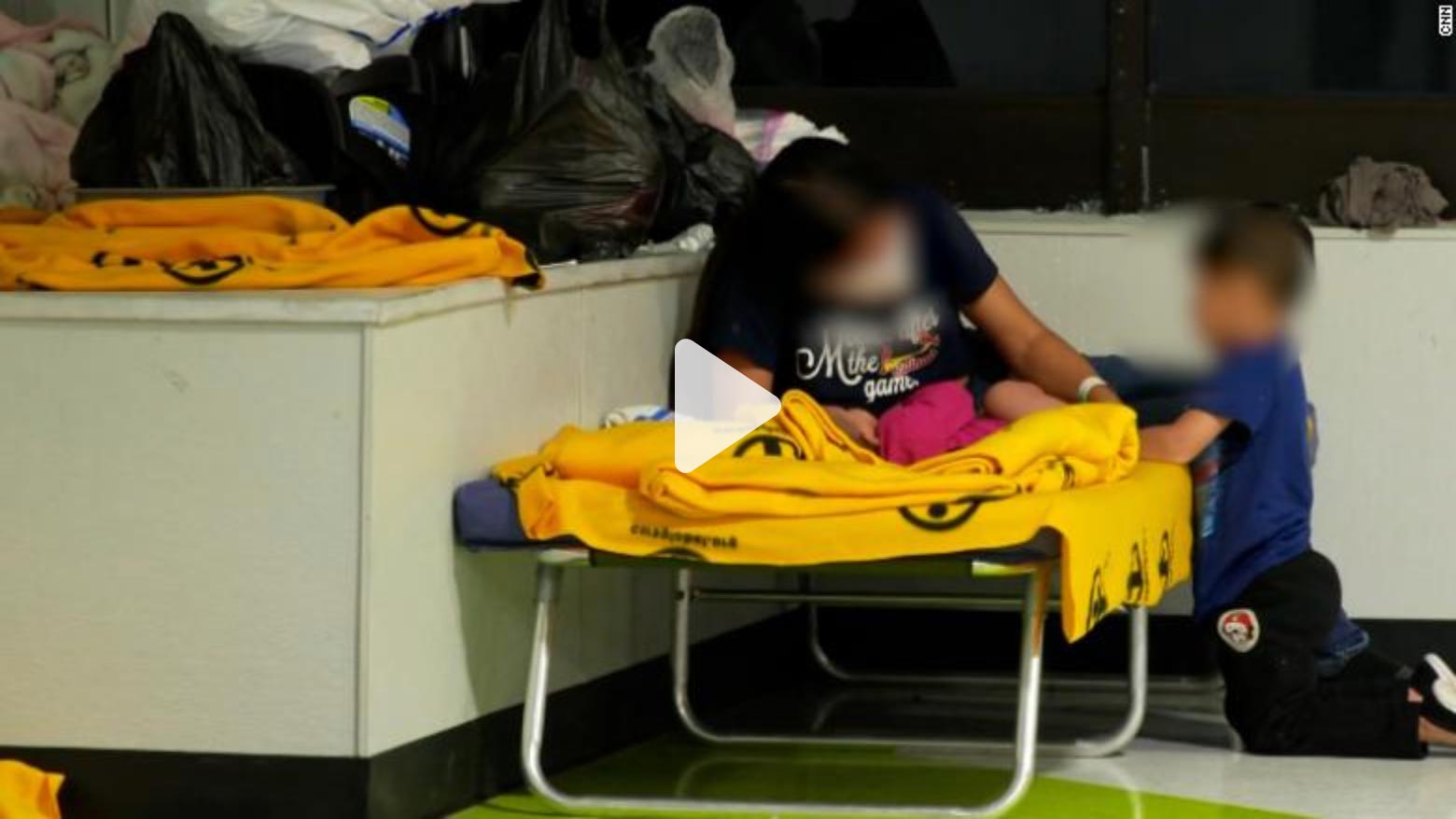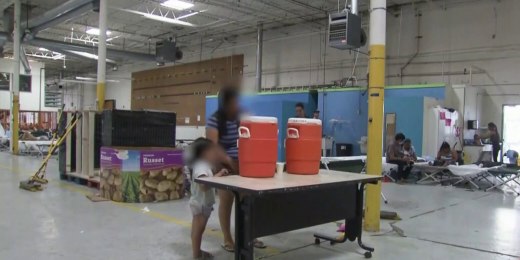Many in the U.S. have faced housing challenges over the past year, with costs rising for those seeking to purchase or rent and insufficient resources for lower-income people in need of affordable units and shelter.
Up to now, there has been minimal if any media discussion on the impact the current, record border crisis is having on housing and shelter resources across the U.S.
Recent media coverages, though, detail how many of those who have crossed the border and are released in the U.S. are dependent upon a network of non-profit organizations. They then face homelessness in the U.S. when resources for those organizations dry up.
CNN Reports on Homelessness with the Border Crisis
The CNN report "Migrants allowed into US despite Title 42 now face homelessness" asserts this. In this clip, CNN Reporter Rosa Flores explains that there is a:
new pattern happening at the border, migrants entering the U.S. with no money and no immediate family to stay with or the family or friends they did have backed out.. the result, a growing homeless population that could only get bigger when title 42 lifts, and up to 18,000 migrants attempt to enter the U.S. every day. "
The New York Times Acknowledges the Housing Problem with the Record Border Crisis
The New York Times reported last month on the housing and shelter problems resulting from an influx of people crossing the border in the column "As Border Crossings Soar, Biden Relies on Shelters to Manage Influx" by Eileen Sullivan.
This column exposes how the Biden administration is depending upon overburdened non profits and requesting unprecedented FEMA funding amidst the chaos.
Sullivan writes:
As the Biden administration sees about 8,200 border crossings a day ... it is counting on small nonprofit organizations ... to manage the influx into border cities and towns, helping to stave off politically explosive images of chaos and disorder ahead of the November midterms.
The Border Patrol and Immigration and Customs Enforcement have informally relied on such places for years. But the Biden administration, facing significant pressure to show it was prepared for the end of the public health order, recently made them a central piece of its response plan. The administration also included modest funding for the organizations — $150 million in Federal Emergency Management Agency grants — in its annual budget request, a first."
Sullivan also points to rising homelessness occurring when shelters become overburdened, particularly in Washington, DC:
Some of the shelters, though, are becoming overwhelmed....more migrants are appearing without a plan or a contact...
In Washington [D,C], volunteers have been scrambling to meet the buses full of migrants being sent from Arizona and Texas. But last week, one volunteer said no more shelter beds were available, and little money was left to assist with transportation. The city has not provided help, and an application for federal funds has yet to be approved. Without such resources, the migrants could become homeless."
Overwhelmingly, the New York Times reader comments express concern or outrage. Just Nobody, with the top Reader Picks comment, observed:
So, we don't have the facilities, supplies, food, manpower, funds and this current model is unsustainable, yet we continue [to] repeat the same mistakes over and over. This is insanity."
NBC News Also Outlines How Non-Profits and NGOs are Overwhelmed
NBC News is also reporting on the Biden administration's reliance on non profits and non-governmental organizations to keep many of those crossing the border from being on the streets.
Last week NBC News released the story "Migrant shelter to shut down in El Paso due to lack of volunteers" in which Julia Ainsley "goes inside a migrant shelter in El Paso, Texas, where hundreds of migrants are taking refuge after crossing the U.S.-Mexico border to pursue their immigration cases. The shelter is one of many that are often full and risk facing a shutdown..."
In sum, as the Biden administration plans to transport and disperse those who have crossed the border throughout this country, there is a current race to see which locations can absorb the financial burdens, including providing shelter and housing. What has been a crisis at the border is now a crisis throughout the U.S.
LISA IRVING is a Content Writer for NumbersUSA's Media Standards Project





